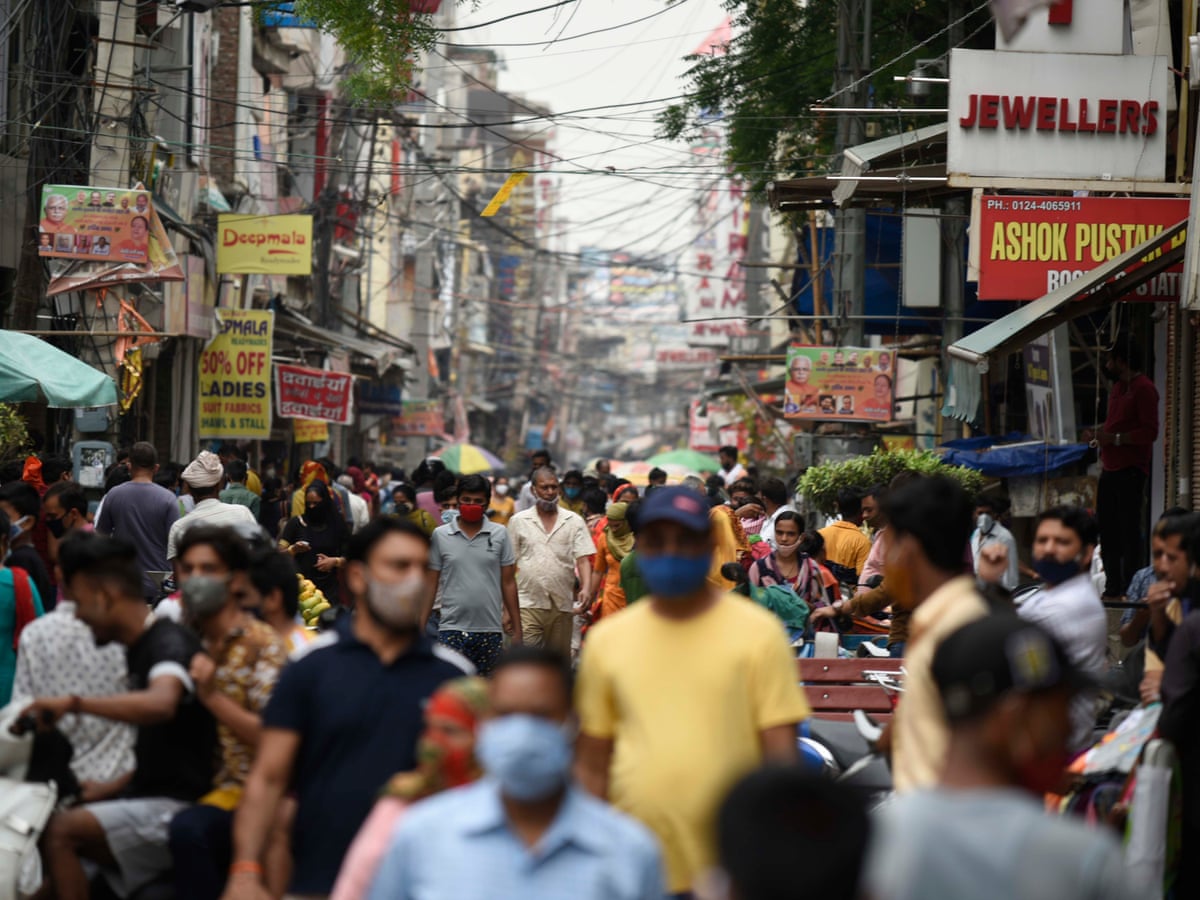Asia’s economic recovery at the hands of delta variant of covid-19 – expectations and analysis

Asia’s economic recovery dependant on delta variant, what’s next
Just one and a half years ago, everything was working just fine. Economies were running and people were moving from one place to another, be it for work or travelling. But then came a virus nobody knew about. Yes, we are talking about the COVID-19, which shook the whole world and forced them to close all international borders and impose lockdowns.
Widespread lockdowns prevailed at the beginning of the virus, with people being scared of it and agreeing to the regulation of the government. However, as time went by, people started to become more and more careless which was justified by their actions. Not wearing a mask, not complying with the orders of the government and going outside even when it is not necessary.
The negligence of the public has led to the worldwide failure to control the spread of the COVID-19. Even The United States of America, the number one economy of the world was not able to contain the virus. India is still widely affected by the COVID-19 virus and has resulted in largely affecting the people of the country.
The new variant introduced in the country during the second wave of the virus was deadlier than ever, with a very high mortality rate. It resulted in a large number of deaths due to the COVID-19 virus, destroying the families of people. It was said to be the Alpha variant and Alpha+ variant which resulted in the second wave of the virus in the country.
The new variant
After the widespread of the Alpha variant, a new variant has been reported in many parts of the world. It is known as the Delta variant of the virus and is said to be highly contagious. It has been spreading very fast especially among the Asian region. South Korea has reported nearly 1,212 cases of the new Delta variant of the virus. It is the highest number of the new variant recorded in any country till now. The rising number of cases of the new variant has prompted concerns about whether the new variant will become an obstacle in the path of the revival of the economy.

According to the statistical data, the growth of the global economy after it got hit by the pandemic was faster and better than what was expected. Especially the growth of the Asian region was reported very good. However, with the introduction of the new Delta variant and its cases rising especially in the Asian region, many concerns have been put up for the growth of the economy, as Asia plays a major role in the overall economy.
However, with the rising concerns, many countries have been taking appropriate measures to curb the spread of the virus again, after learning from their previous mistake. One such country is Japan, which is taking appropriate actions for the same. Japan has significantly imposed strict regulations leading to reduction of the Purchasing Manager’s Index (PMI) for the manufacturing sector fell to 52.4 percentage points in June from the previous level of 53.PMI of many other countries including India fell down. The PMI of India’s manufacturing sector fell from 50.8 in May to 40.1 in June.
Even after the Asian economies outperforming other economies, the risk of the suffering of the economy still prevails, especially in India due to the slow rollout of the vaccine as well as the current fear of the third wave of the virus with the arrival of Delta variant. A report of the S&P Global slashed its growth forecasts for some Asian economies, including India reporting a slower than expected vaccination process which poses as the top risk facing emerging market economies. The report further claimed that the vaccination process of the Asian economies is so slow that it would nearly take them 23 more months to vaccinate 70 per cent of its total population.

Further, all the middle and lower classes got severely affected by the virus which destroyed their life savings. The gap between the rich and the poor widened even more in the post-pandemic era. Taking the example of India, with the outbreak of the virus’ second wave, a lot of people were pushed below the poverty line. However, the wealthier section of the society got even wealthier. Mukesh Ambani, the chairman of Reliance Industries witnessed growth in his fortune by nearly $15 billion.
The poor have continued to suffer from the pandemic, and we all know what happened during the second wave of the pandemic in the country. People were struggling to even arrange an oxygen cylinder and there was a huge shortage of hospital beds. This subsequently led to the failure of the entire health sector of the country, killing thousands of people.
However, with all this bad news, there is no need to be pessimistic as long as the Asian economies can curb the virus. Countries, especially India has much to learn from their previous mistakes which can help them prevent the coming of a third wave of the virus. With the current measures that the Asian economies are taking, the hope for regional recovery arises.
As long as the Asian economies can contain the virus, the region’s economic recovery will be better than the world. It will be much stronger than any other region. The reason behind this is the strong manufacturing share that the Asian region holds globally. Asia is known as the global manufacturing hub and with the revival of economies, the demand released will directly benefit the Asian economies. It will act as a boost to the regional economies of Asia.
Moreover, both China and India are the major elements of the Asian region. The growth of the regional economy directly depends on the performance of these countries. China’s performance is also a determining factor of the regional recovery. China, which has already proved to be the most stable economy in the Asian region after the pandemic, has given very high hopes for the overall regional economy.

The trade boom witnessed by China after the pandemic is huge and directly impacts the regional economy. India currently is also witnessing a revival of its international trade and the demand for its domestic products worldwide. This growth of these two major countries brings optimism and if this level grows further, the regional economy will be surely benefitted to perform better than any other world economy.
Edited by Tanish Sachdev




